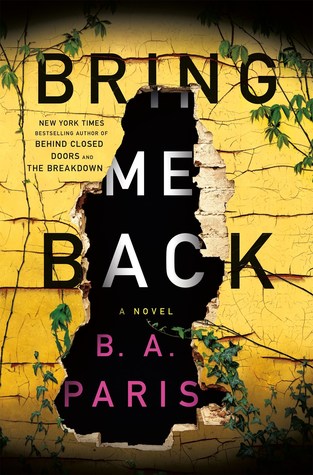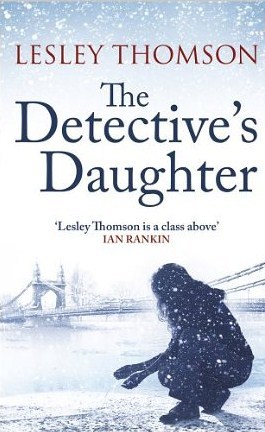
This latest novel from Paula Hawkins truly is a slow burn. A disturbed young man, Daniel Sutherland, is found brutally murdered in his decrepit longboat in Regents Canal. The prime suspect is an impoverished young woman, Laura, who suffers fromTBI and who admits to having had a one night stand with Daniel shortly before his death. The police are finding it difficult to find hard evidence against her, and soon Daniel’s neighbors and close relatives come into the picture, none of whom appear to have motives. Laura and Daniel himself are the most fully developed characters in this mystery, and throughout most of the book, are the most sympathetic.
Reading Slow Fire requires patience, and the ability to keep track of suspects and motives as it progresses is no simple task. I liked this book well enough to finish it, but had to reread certain sections to keep things straight, sometimes more than once. As a study of human emotions, however, it works quite well. Once I was able to pin a specific motive to a specific character, it was not that tricky to figure out which one was the culprit.









